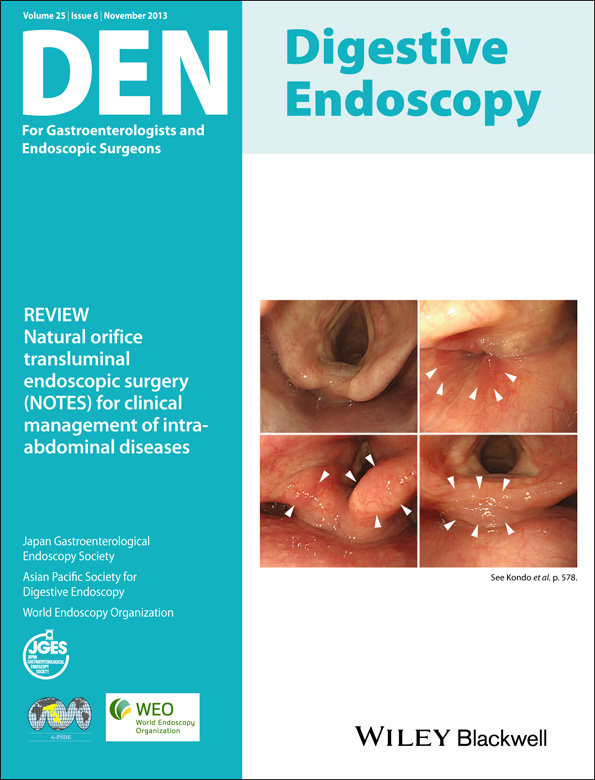Edema of the interarytenoid mucosa seen on endoscopy is related to endoscopic-positive esophagitis (EE) and is an independent predictor of EE
Abstract
Background
Laryngopharyngeal reflux (LPR) is defined as the retrograde flow of gastric contents up through the esophagus to the larynx and hypopharynx; this is an extra-esophageal manifestation of gastroesophageal reflux disease (GERD). Although both LPR and GERD are caused by reflux of stomach contents, their clinical presentations and treatments differ.
Patients and Methods
In the present study, we assessed esophago-gastroendoscopic findings related to GERD, specifically endoscopic-positive esophagitis (EE), laryngopharyngeal findings, and GERD symptoms on the 12-question frequency scale for the symptoms of gastroesophageal reflux disease (FSSG). Then, independent predictors of EE were analyzed, and relationships among EE, laryngopharyngeal findings, and patients' symptoms and characteristics were investigated.
Results
Hiatal hernia (odds ratio [OR]: 2.70; 95% confidence interval [CI]: 1.17–6.23, P-value 0.019) and edema of theinterarytenoid mucosa (OR, 3.77; 95% CI, 1.26–16.3; P-value 0.035) were significantly related with EE and independent predictors of EE. However, patients' characteristics and the FSSG score had no significant relationship with EE; there was no relationship between patients' characteristics and EE, regardless of its severity.
Conclusions
Although LPR symptoms had no significant relationship with the findings of EE, hiatal hernia and edema of the interarytenoid mucosa were significantly related with EE and were considered to be independent predictors of EE.




